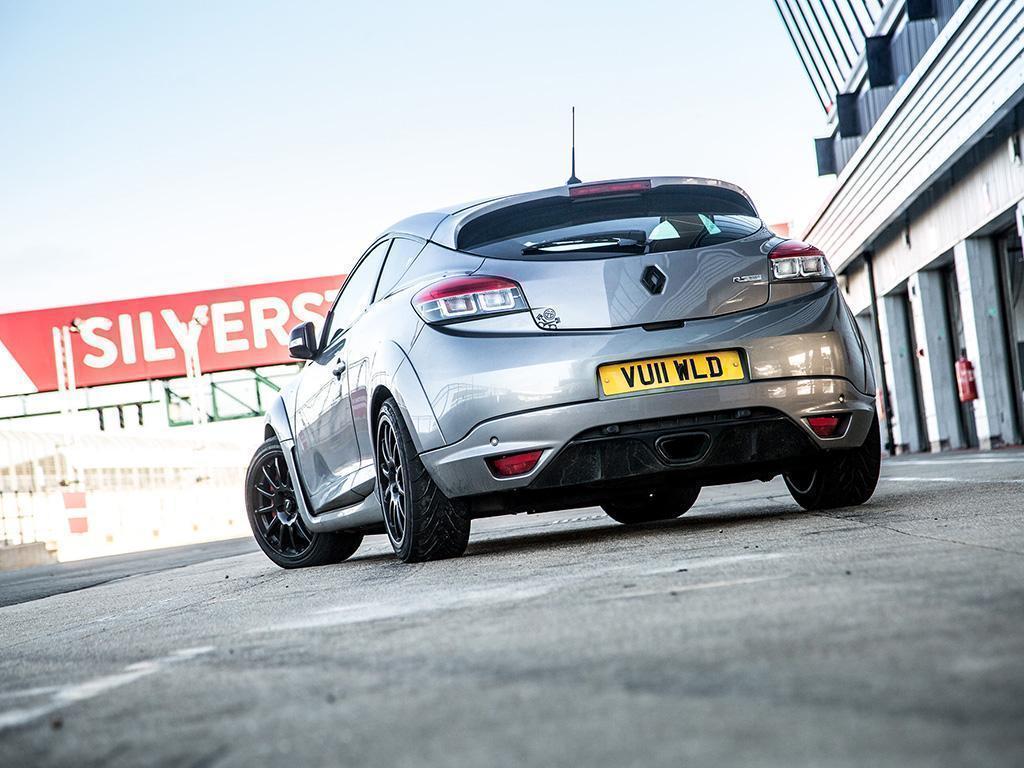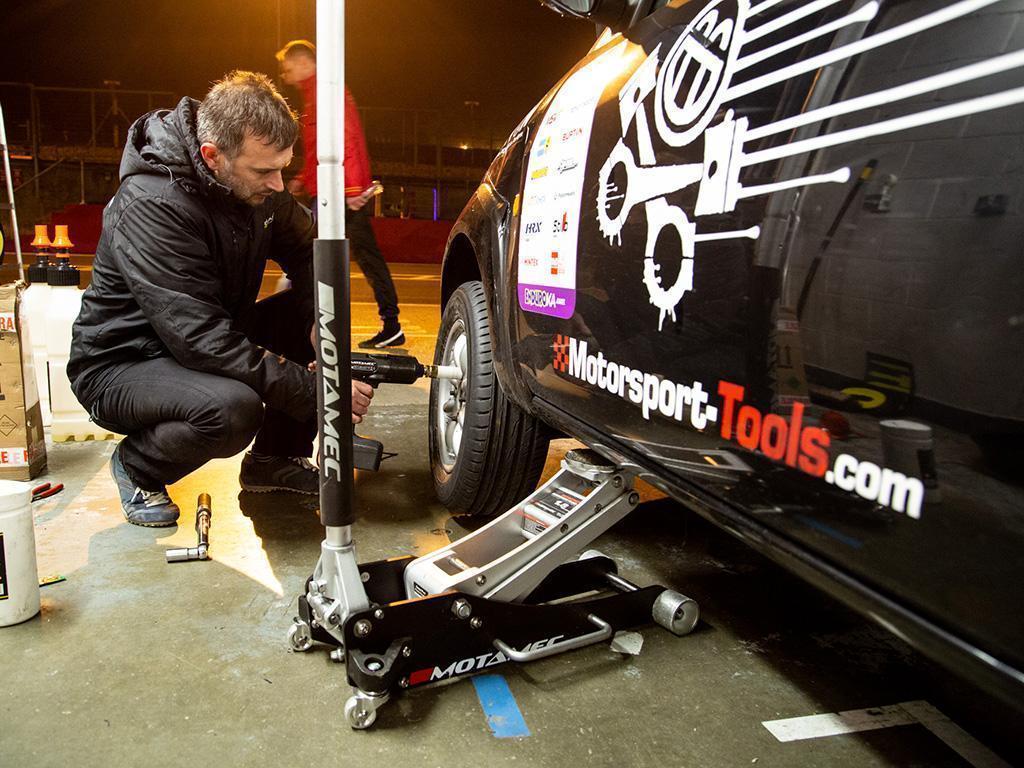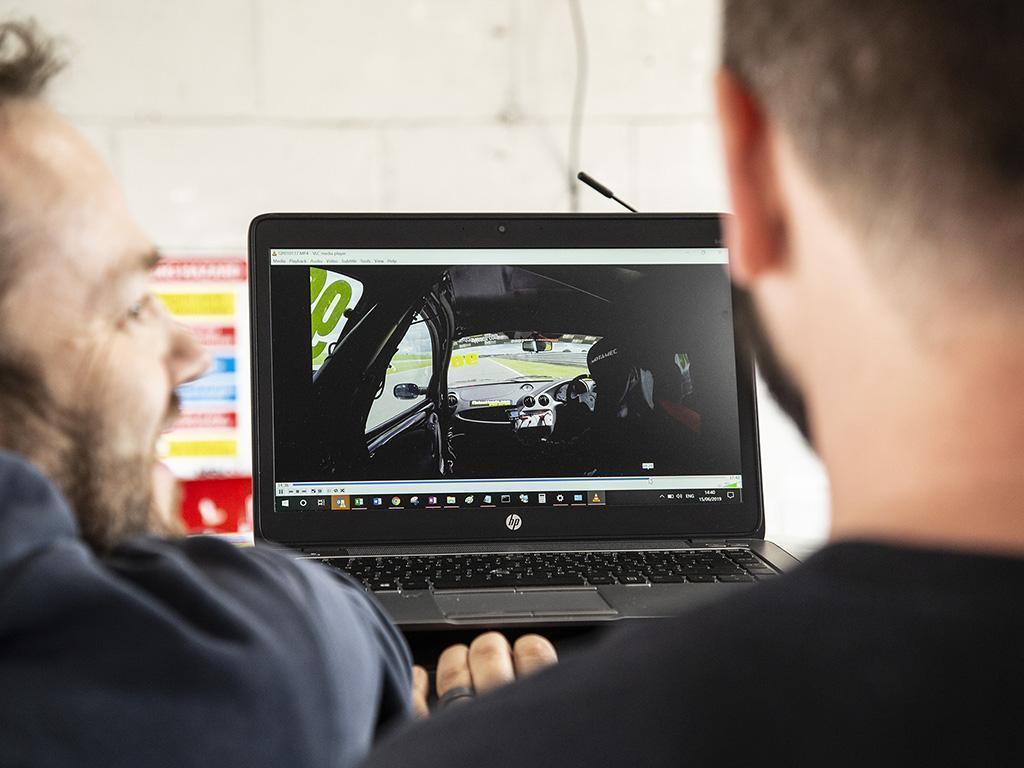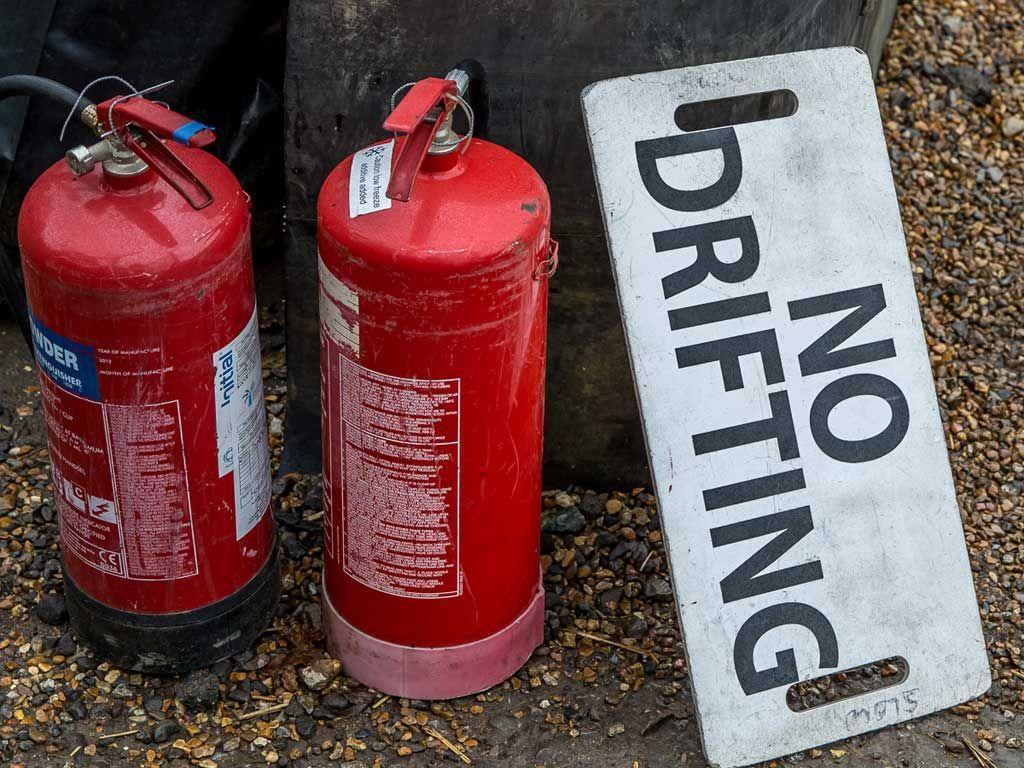Track day guide for beginners | PH Explains
Never been in a pit lane before? You should try it. Here's how...

Track days are the perfect place to develop your skills as a driver and explore your car's full potential in a safe, controlled environment. They may seem daunting for a novice, but don't be nervous; they're huge fun and you'll find plenty of people in the pit lane will be happy to help you have a good time. Here's how to get started...
How to find the right track day for you
There are two main formats to a track day - open pit lane where you have the freedom to go out on track at any time (though there will be a limit to how many cars are allowed out at any given time) and sessions. Generally a session track day breaks up groups into ability: novice, intermediate and advanced. Each session will generally last 20-30 minutes. Some circuits and track day organisers such as MSVT have novice only days which are great for beginners.
MotorsportDays.com is a track day finder/comparison site, that aggregates track days from most organisers at every circuit across the UK and even Europe, so it's a great tool for finding a track day at your local circuit from a range of organisers.
Fancy joining PH on track? You can find the full details of our next track day at Brands Hatch here.

How to prepare your car for a track day
You really don't have to spend a fortune preparing your car for your first track day.
The most important things are fluids, brakes and tyres. A recent service would be beneficial; it's essential to check all of your fluids are topped up and you should check these a number of times throughout the track day, too.
Standard brake fluid will boil quickly on track due to the heat generated from heavy braking so it's advisable to upgrade to a higher temperature fluid, such as ATE TYP200. Track-orientated brake pads are also recommended to stand up to the higher heat cycles, but are not essential.
Ensure your tyres have plenty of tread on them, as driving on track will wear them faster than road driving. This is espeacially pertinent if you need to be able to drive home on them afterwards. Tyres harden with age, so the fresher the rubber the better.

What to take to a track day
Most organisers will require you to show your driver's licence when signing on and without it you may be turned away, so make sure you take it with you. Helmets are compulsory on track although most circuits offer helmet hire if you don't have your own.
Take a tyre pressure monitor and a tyre pump, as you'll need to adjust your tyre pressure throughout the day as your tyres heat up and cool down. Head out on track with your tyres at the manufacturer recommended pressures and head back into the pits after 20 minutes to drop the pressures back down as they'll heat up quickly on a dry day. After the car has cooled down at the end of the day, make sure you pump your pressures back up again before you head home.
Ensure a towing eye is fitted before you go out on track. If you leave the track and need to be recovered, marshals will use anything they can get their hands on to tow your car back to the pit lane, so make sure it's your towing eye to prevent damage to your car. Take spare fluids (including oil) and some basic tools such as a torque wrench and anything that may be specific to your car.
Make sure you have fuel! It may sound daft, but it can be a surprise just how much more unleaded is used on circuit than on the road. And with so much else to concentrate on, the fuel level might not be a concern - you wouldn't be the first to run out, put it that way. Or to annoy everyone else on the day. Most circuits offer fuel, but it's often pricey - fill up on the way.

Track day insurance
It's highly unlikely your road insurance policy will include track cover. Unlike on the road, liability on track to fix your car is generally down to you, irrelevant of fault. Excesses are likely to be higher and most policies will only cover the metal and not mechanical failure (engine/gearbox) or personal injury, so it's worth reading the small print if you want additional cover.
You can buy track day insurance for just one day through insurers such as Grove & Dean. Quite a few specialist road insurance companies offer bolt on track insurance, either on a pay as you go basis or by covering a number of track days within your annual policy.
Grove & Dean are well known for offering this and it may be more cost effective to go down this route if you think you'll be going on several track days in a year. In any case, ask your insurance company what they offer and if they can't help you, then look to move to one that can.

Track day rules
Every track will have its own set of rules that will be covered in the safety briefing before you head out, but the generally accepted universal rules (and some basic etiquette) are as follows:
- Overtaking is on the left only, on straights when the slower driver gives consent.
- Strictly no overtaking in corners.
- If you're faster than a car behind you on the straights but they catch you in the corners, there's no shame in backing off to let them past.
- Don't leave anything in your car when on track. If you've got a full boot, unload it at home before going to the circuit. If you're taking tools and you don't have a garage booked, then ask a person who does have one if you could borrow a bit of space.
- No filming/photography with handheld cameras whilst on track. You may be able to use a GoPro, but these generally need a secondary tether as well as a suction mount.
- Each track will have slightly different noise limits. If you breach them you'll be black flagged and may not be allowed to continue with the day.
- When you're planning on coming into the pits, back off for a lap at a steady pace and let the car cool down. In the same way you don't want to be at maximum effort on the first lap, you don't want to come in and park up when everything is red hot. When you stop, don't apply your handbrake as hot pads may bind to the disc so leave the car in gear when you turn your engine off.

Track day noise limits
As mentioned above, every track is different, with various static and drive-by noise limits in place. It's best to check your car won't breach the noise limits before booking, otherwise you may be removed from the circuit with no refund. Most standard exhaust systems will be fine, but loud aftermarket systems often breach the limits.
Some aftermarket exhaust manufacturers will be able to tell you the decibel limits on their systems, so it's worth asking. If you're still unsure, you can head to your local circuit when a track day is taking place and ask to have it tested.
How to drive on track
Other than ensuring your car is ready for track with the basics, the best investment you can make is on some professional lessons. Driver tuition will make you faster than any modification to your car if you've never driven on track before. Most circuits and organisers will have instructors you can book for a period of time on the day, but ensure you book in advance as spaces will be limited.
If you're looking to invest in more intensive training, then there are driver coaches all over the country that will come and spend the whole day with you. Check out the MotorsportDays.com driver coach directory here.
Driver61 is a great resource for free online videos and content to help improve your driving, whether it's simply learning how to approach a corner or more advanced driving techniques such as heel and toe.

PH top tips
Ready to go? Here are a few final tips from the community to make the most of your day.
- Make a checklist of what you need to take to ensure you don't forget anything.
- Learn how to replace consumables like brake pads.
- If it's going to rain, book a garage. Split the cost with friends if you can and take fold-out chairs.
- Arrive early so you're not rushing - if you haven't booked a garage there may be one free.
- Take regular breaks and relax - focus on quality of time on track, not quantity. Remember that you're there to enjoy yourself
- Book an instructor if you're new to the circuit or feel like you need some guidance.
- If you get stuck in a group of cars, back off to create space or come in and go back out when it's quieter.

Fancy joining PH on track? You can find the full details of our next track day at Brands Hatch here.
Still have questions unanswered? Head to our Track Day forum here
Looking to buy a car to take on track? Browse our classifieds here
Contributors: This guide was made possible thanks to our community. Thank you to BenLowden, CaptainMorgan, brillomaster, nick_dastardly, Bertrum, Steve H and Rob_R for your contribution.




I always think Snetters would be a good circuit to do a novice day at - loads of room, both on circuit and run-off (with the possible exception of Murray's), a good mix of corners and a couple of good long straights to test your nerve! And the Bomb Hole and Coram of course!
Gassing Station | Track Days | Top of Page | What's New | My Stuff



